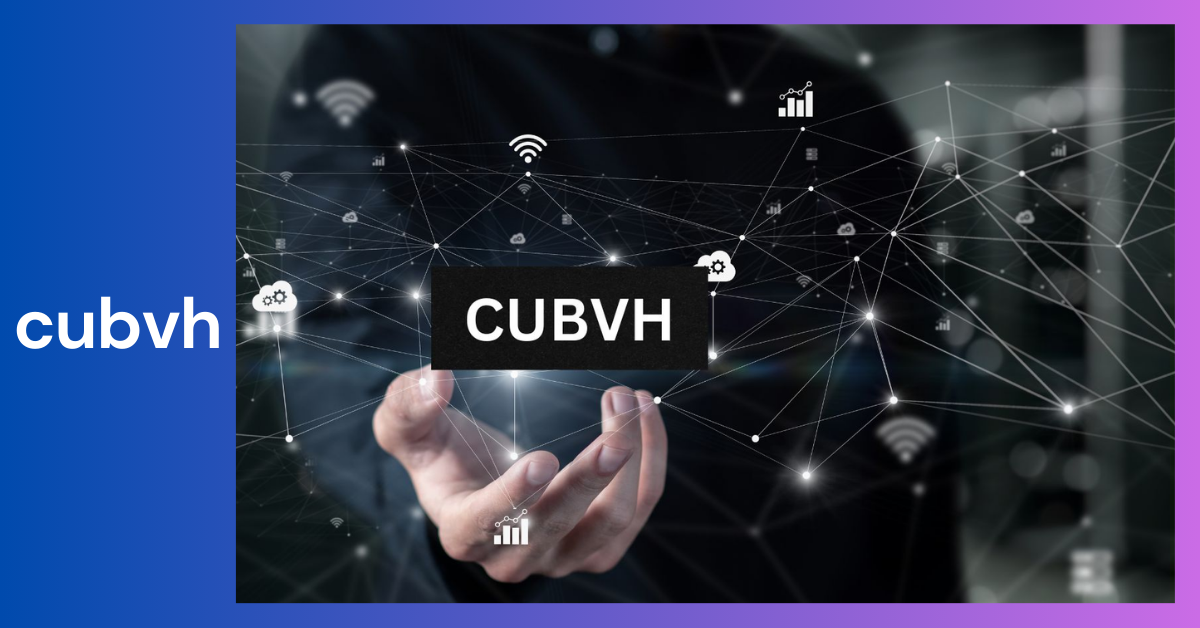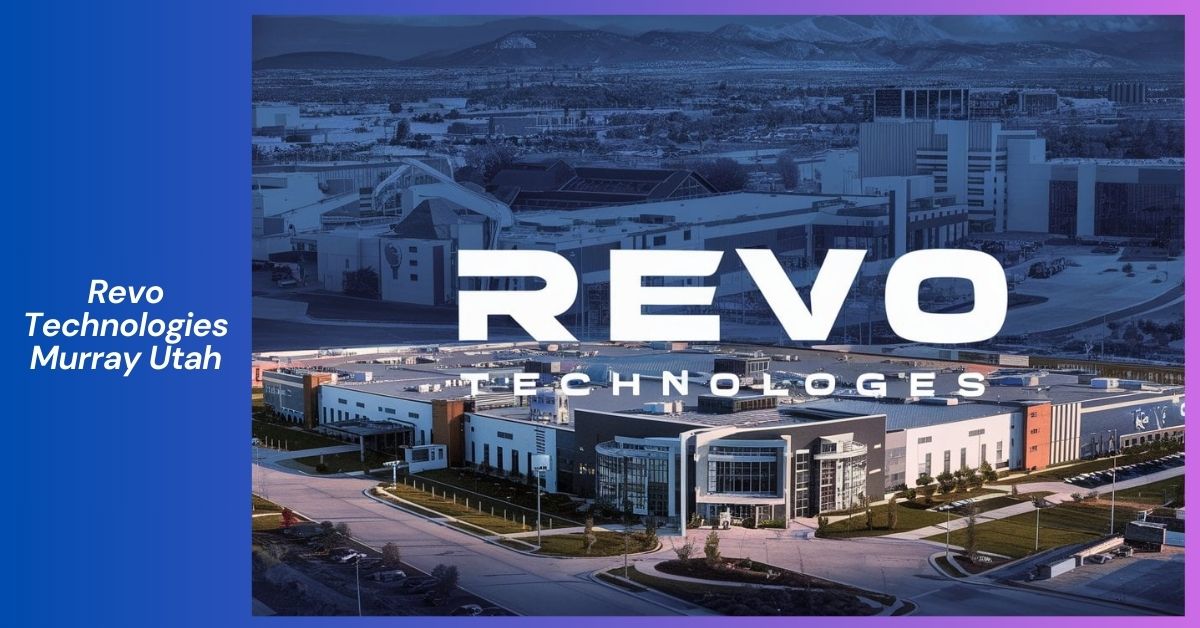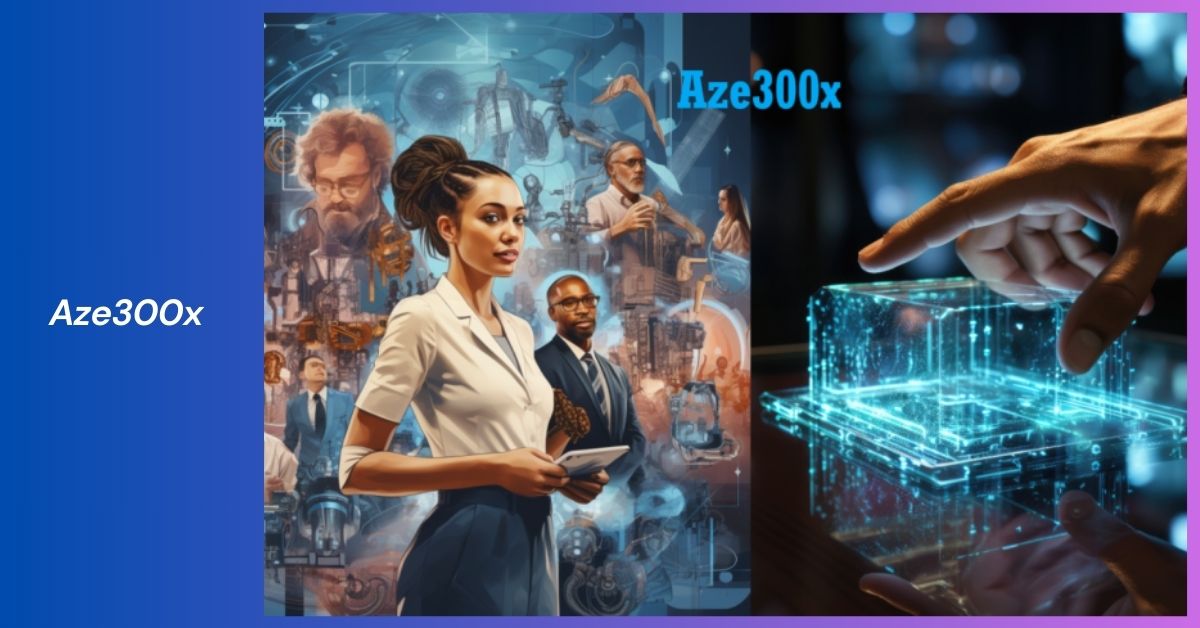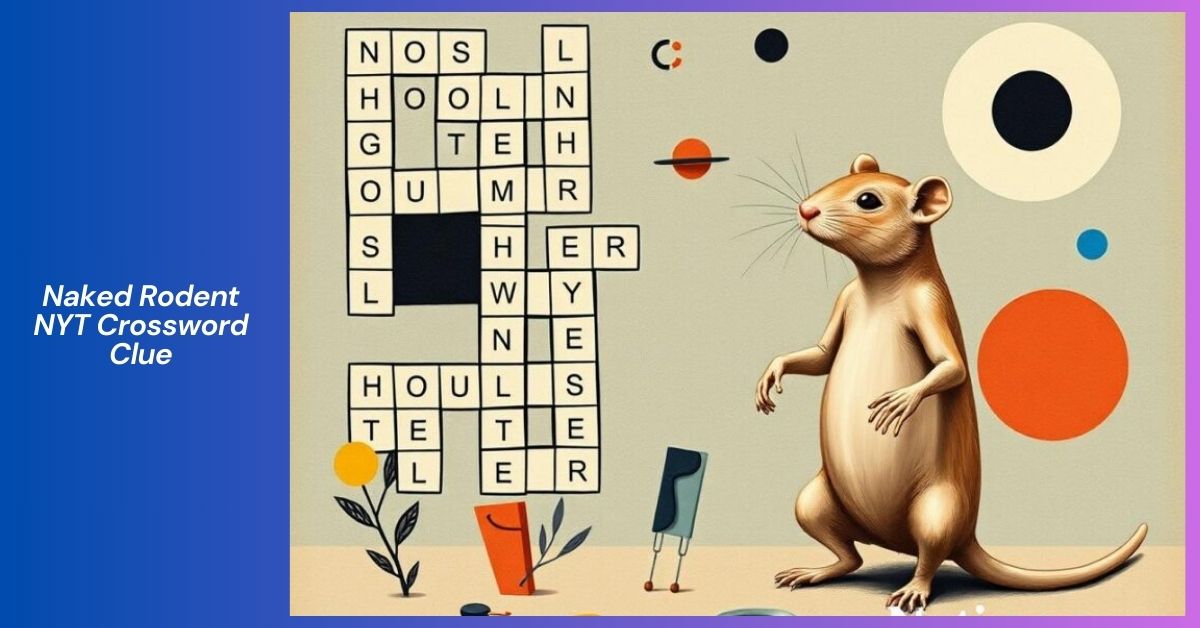
In the realm of computer graphics, the quest for faster and more efficient processing techniques is a constant pursuit.
One of the groundbreaking innovations in this field is cuBVH, which stands for CUDA Bounding Volume Hierarchy.
cuBVH, or CUDA Bounding Volume Hierarchy, accelerates ray tracing and collision detection by utilizing CUDA-enabled GPUs. This technology significantly speeds up rendering and improves accuracy, making it essential for real-time graphics and simulations.
This technology is revolutionizing the way we approach ray tracing and collision detection, offering enhanced performance and accuracy for a wide range of applications.
This comprehensive article will explore what cuBVH is, how it works, its benefits, and its implications for modern graphics processing.
What is cuBVH?
cuBVH refers to the CUDA Bounding Volume Hierarchy, a specialized data structure designed to accelerate and optimize the process of ray tracing and collision detection.
By harnessing the computational power of NVIDIA’s CUDA (Compute Unified Device Architecture), cuBVH enables GPUs (Graphics Processing Units) to perform complex calculations much faster than traditional CPU-based methods.
Understanding Bounding Volume Hierarchy (BVH)
To grasp the significance of cuBVH, it’s essential to first understand the concept of Bounding Volume Hierarchy (BVH).
BVH is a data structure used in computer graphics to organize objects in a scene for efficient collision detection and ray tracing.
How BVH Works
In a BVH, objects are enclosed within bounding volumes, such as boxes or spheres. These bounding volumes are arranged hierarchically, starting from a root node that encompasses the entire scene.
As you move down the hierarchy, the volumes become more specific and closely fit the objects they enclose.
This hierarchical organization allows algorithms to quickly eliminate large numbers of potential intersections or collisions, making the process much faster than checking every object individually.
How cuBVH Enhances Performance
cuBVH takes the traditional BVH concept and adapts it for CUDA-enabled GPUs. By utilizing parallel processing capabilities, cuBVH significantly speeds up ray tracing and collision detection tasks.
Here’s a closer look at how cuBVH enhances performance:
1. Parallel Processing
Traditional CPU-based methods handle tasks sequentially, which can be a bottleneck for complex calculations.
cuBVH, on the other hand, leverages the parallel processing power of GPUs.
This means that multiple calculations can be performed simultaneously, dramatically increasing the speed of operations.
2. Efficient Data Structures
cuBVH employs optimized data structures that are specifically designed for GPU processing.
These structures enable fast querying and updating, allowing for rapid determination of intersections and collisions.
3. Real-Time Processing
One of the key benefits of cuBVH is its ability to handle real-time processing. In applications like video games and virtual reality, real-time rendering is crucial.
cuBVH’s efficiency allows for high frame rates and detailed graphics, enhancing the overall user experience.
Key Features of cuBVH
1. High Performance
cuBVH’s use of CUDA and GPU parallelism results in exceptional performance improvements over traditional methods.
This is particularly valuable for rendering complex scenes and handling large amounts of data.
2. Scalability
As GPU technology continues to advance, cuBVH is designed to scale with these improvements.
This ensures that as hardware becomes more powerful, cuBVH’s performance benefits will also increase.
3. Accuracy
The hierarchical nature of cuBVH’s data structures ensures accurate collision detection and ray tracing.
By quickly eliminating non-intersecting objects, cuBVH enhances the precision of rendering and simulations.
4. Flexibility
cuBVH can be adapted for various applications, from gaming and virtual reality to film production and scientific simulations.
Its flexibility makes it a versatile tool in the graphics processing toolkit.
Applications of cuBVH
1. Video Games
In the gaming industry, cuBVH is used to create more realistic graphics and improve rendering times.
Games with complex environments and high levels of detail benefit greatly from cuBVH’s accelerated processing capabilities.
2. Virtual Reality (VR) and Augmented Reality (AR)
VR and AR applications require real-time rendering to provide immersive experiences.
cuBVH supports this by enabling high frame rates and detailed graphics, enhancing the overall quality of VR and AR environments.
3. Film and Animation
The film and animation industry relies heavily on ray tracing to achieve lifelike visuals.
cuBVH speeds up this process, allowing for more intricate and visually stunning animations and special effects.
4. Simulation and Training
In simulation and training environments, accurate and real-time collision detection is essential.
cuBVH provides the performance needed to handle complex simulations, making it a valuable tool in fields such as military training and medical simulations.
Challenges and Considerations
1. Hardware Requirements
cuBVH requires CUDA-enabled GPUs, which may not be available on all systems.
This limitation means that the benefits of cuBVH are primarily accessible to users with high-end gaming PCs or workstations equipped with compatible hardware.
2. Complexity of Implementation
Implementing cuBVH can be complex, requiring specialized knowledge in CUDA programming and GPU architecture.
Developers new to GPU-based processing may face a learning curve when working with cuBVH.
3. Optimization and Tuning
While cuBVH offers significant performance improvements, achieving optimal results may require fine-tuning and optimization.
Developers need to balance performance with visual quality to achieve the best results.
Comparing cuBVH with Other Techniques
1. Traditional BVH
Traditional BVH methods rely on CPU processing, which can be slower compared to the parallel processing capabilities of GPUs.
cuBVH’s use of CUDA and GPUs provides a substantial performance boost, especially for complex scenes and high-resolution textures.
2. Grid-Based Acceleration Structures
Grid-based acceleration structures divide the scene into a uniform grid, which can be effective for certain types of scenes.
However, they may not be as efficient as cuBVH for scenes with varying object densities or complex geometries.
3. KD-Trees
KD-Trees are another type of acceleration structure used in ray tracing.
While they offer good performance for some applications, cuBVH’s hierarchical approach and GPU acceleration provide a more versatile and scalable solution.
Case Studies and Success Stories
1. Gaming Industry
A prominent example of cuBVH’s impact in the gaming industry is its use in modern AAA games.
Games with detailed environments and realistic lighting effects benefit from cuBVH’s ability to handle complex scenes efficiently, resulting in enhanced graphics and smoother gameplay.
2. Virtual Reality Experiences
In virtual reality, cuBVH enables high-quality, real-time rendering of immersive environments.
This capability is crucial for creating convincing and engaging VR experiences that respond to user interactions in real-time.
3. Film Production
The film industry’s use of cuBVH in creating CGI and special effects has led to visually stunning results.
By accelerating ray tracing, cuBVH allows for more detailed and realistic visual effects, contributing to the overall quality of film production.
Future Developments and Trends
1. Advancements in GPU Technology
As GPU technology continues to advance, cuBVH will benefit from increased processing power and efficiency.
Future developments in GPUs are likely to further enhance cuBVH’s performance and capabilities.
2. Integration with AI and Machine Learning
Integrating cuBVH with AI and machine learning technologies could lead to even more advanced graphics processing techniques.
These integrations may offer new ways to optimize and accelerate rendering and simulation tasks.
3. Broader Adoption
As more developers and industries recognize the benefits of cuBVH, its adoption is expected to grow.
This broader adoption will likely drive further innovation and improvements in graphics processing technologies.
Conclusion
cuBVH represents a significant advancement in the field of computer graphics, offering enhanced performance and accuracy for ray tracing and collision detection.
By leveraging the power of CUDA-enabled GPUs, cuBVH provides a powerful tool for rendering complex scenes and handling large amounts of data efficiently.
Its applications span across video games, virtual reality, film production, and simulations, making it a versatile and valuable technology in modern graphics processing.
As technology continues to evolve, cuBVH will likely remain at the forefront of graphics innovations, driving further advancements in performance and capabilities.
Understanding and implementing cuBVH can provide substantial benefits for developers and users, enhancing the quality and speed of graphics and interactive experiences.
FAQs about cuBVH
What is the primary advantage of using cuBVH?
The primary advantage of cuBVH is its ability to leverage GPU parallel processing to accelerate ray tracing and collision detection tasks. This results in significantly faster performance compared to traditional CPU-based methods.
Can cuBVH be used in real-time applications?
Yes, cuBVH is particularly well-suited for real-time applications such as video games and virtual reality. Its high performance and ability to handle complex scenes in real-time make it ideal for these environments.
What hardware is required to use cuBVH?
cuBVH requires CUDA-enabled GPUs to function. This means that you will need a compatible NVIDIA GPU to take advantage of cuBVH’s performance benefits.
Is cuBVH suitable for all types of graphics applications?
cuBVH excels in applications that require high-performance ray tracing and collision detection. Its suitability depends on whether you have the required hardware and the specific performance needs of your application.
How does cuBVH impact the accuracy of ray tracing?
cuBVH improves the accuracy of ray tracing by quickly eliminating non-intersecting objects through its hierarchical structure. This results in more precise and realistic rendering of scenes.





